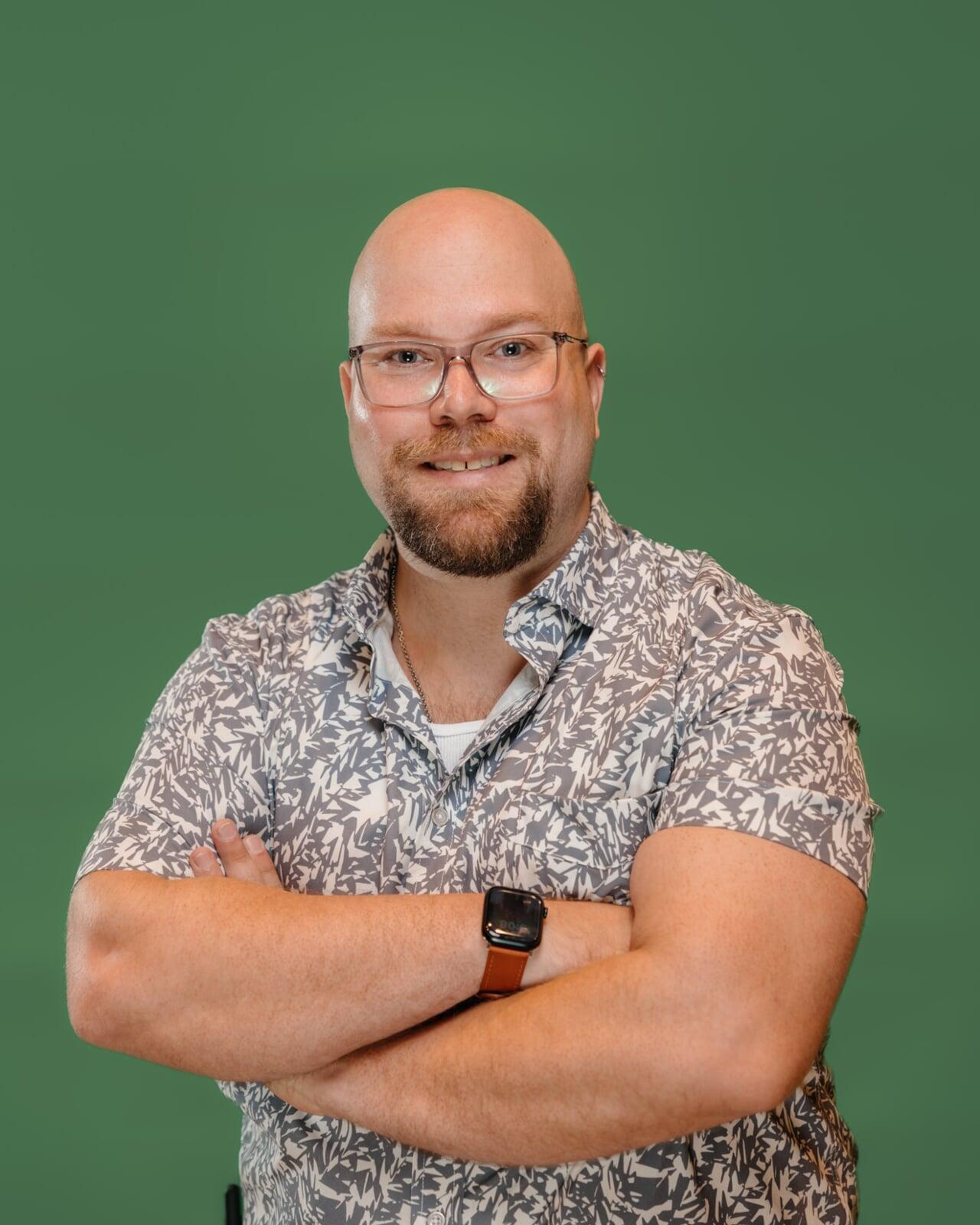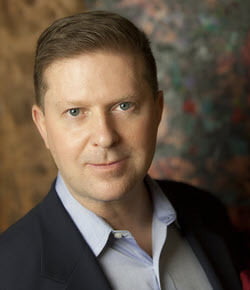At Site Search & Select, we believe inclusion is not just an initiative — it’s an intentional design. As part of our continuing Global Journey to Disability Inclusion interview series, we sat down with Jason Stewart, Manager of Events for Disability:IN, and Michael Hudson, CEO at Site Search & Select, to explore what it truly takes to create events where every attendee feels seen, welcomed, and empowered.
From Planning to Execution: Accessibility Starts with Understanding

And if something goes wrong? “We always have backup plans,” Jason shared. “Once in Vegas, every escalator and elevator broke the day before our event. We immediately secured accessible transportation across the street so no one was excluded.”
- ASL and CART are available in every session where remarks are made.
- Roaming interpreters support social events and receptions.
- Innovative partnerships with Aira and NaviLens empower blind or low-vision attendees to navigate spaces independently.
- Venue tours are offered to all attendees, especially those who benefit from pre-event orientation.
Innovative Solutions: From Pet Relief to On-Demand Interpreters
Global Perspective: Accessibility Without Borders
- Quiet rooms and sensory lounges for neurodiverse attendees.
- Overflow rooms with live streaming for those who prefer smaller spaces.
- Scent-free environments and accommodations for light and sound sensitivity.
Shared Values and Lasting Impact from Site Search & Select

True inclusion happens when accessibility becomes instinctive — when every decision, every partnership, and every event is built with empathy at its core. It’s not just about meeting standards or following checklists; it’s about understanding people and anticipating their needs before they even have to ask. When accessibility is woven into the DNA of how we plan, design, and deliver experiences, that’s when we create spaces where everyone truly belongs.”
Shared Values and Lasting Impact from Site Search & Select

True inclusion happens when accessibility becomes instinctive — when every decision, every partnership, and every event is built with empathy at its core. It’s not just about meeting standards or following checklists; it’s about understanding people and anticipating their needs before they even have to ask. When accessibility is woven into the DNA of how we plan, design, and deliver experiences, that’s when we create spaces where everyone truly belongs.”



